Benefits of Using Thermal Imaging Cameras in Home Inspections
Thermal imaging cameras have become an invaluable tool in the field of home inspection. These cameras use infrared technology to detect and visualize temperature differences in objects and surfaces. By capturing and displaying these temperature variations, thermal imaging cameras can reveal hidden issues that may not be visible to the naked eye. This article will explore the benefits of using thermal imaging cameras in home inspections.

One of the primary advantages of using thermal imaging cameras in home inspections is their ability to detect moisture intrusion. Water damage is a common problem in homes, and it can lead to mold growth, structural damage, and other costly issues. Traditional inspection methods may not always be able to identify areas of moisture intrusion, especially if they are hidden behind walls or under flooring. However, thermal imaging cameras can detect temperature differences caused by moisture, allowing inspectors to pinpoint the exact location of the problem. This early detection can prevent further damage and save homeowners from expensive repairs.
Another benefit of using thermal imaging cameras in home inspections is their ability to identify energy inefficiencies. Poor insulation, air leaks, and other energy-related issues can result in high utility bills and discomfort for homeowners. Thermal imaging cameras can detect temperature variations that indicate these problems, allowing inspectors to recommend appropriate solutions. By identifying and addressing energy inefficiencies, homeowners can save money on their energy bills and create a more comfortable living environment.
Thermal imaging cameras are also useful in identifying electrical issues during home inspections. Faulty wiring, overloaded circuits, and other electrical problems can pose serious safety hazards. Traditional inspection methods may not always be able to detect these issues, especially if they are hidden behind walls or in hard-to-reach areas. However, thermal imaging cameras can detect abnormal heat patterns that may indicate electrical problems. This early detection can prevent electrical fires and other dangerous situations, ensuring the safety of homeowners.
In addition to moisture intrusion, energy inefficiencies, and electrical issues, thermal imaging cameras can also help identify plumbing problems. Leaks, clogs, and other plumbing issues can cause water damage, mold growth, and other costly problems. Traditional inspection methods may not always be able to detect these issues, especially if they are hidden behind walls or under flooring. However, thermal imaging cameras can detect temperature variations caused by plumbing problems, allowing inspectors to identify the exact location of the issue. This early detection can prevent further damage and save homeowners from expensive repairs.
Furthermore, thermal imaging cameras can be used to assess the overall condition of a home. By scanning the entire property, inspectors can identify areas of concern that may require further investigation. This comprehensive assessment can provide homeowners with a clear understanding of the condition of their property and help them make informed decisions.
In conclusion, thermal imaging cameras have revolutionized the field of home inspection. Their ability to detect moisture intrusion, identify energy inefficiencies, detect electrical issues, identify plumbing problems, and assess the overall condition of a home makes them an invaluable tool for inspectors. By using thermal imaging cameras, inspectors can provide homeowners with a thorough and accurate assessment of their property, helping them make informed decisions and avoid costly repairs.
How Thermal Imaging Cameras Enhance Accuracy in Home Inspections
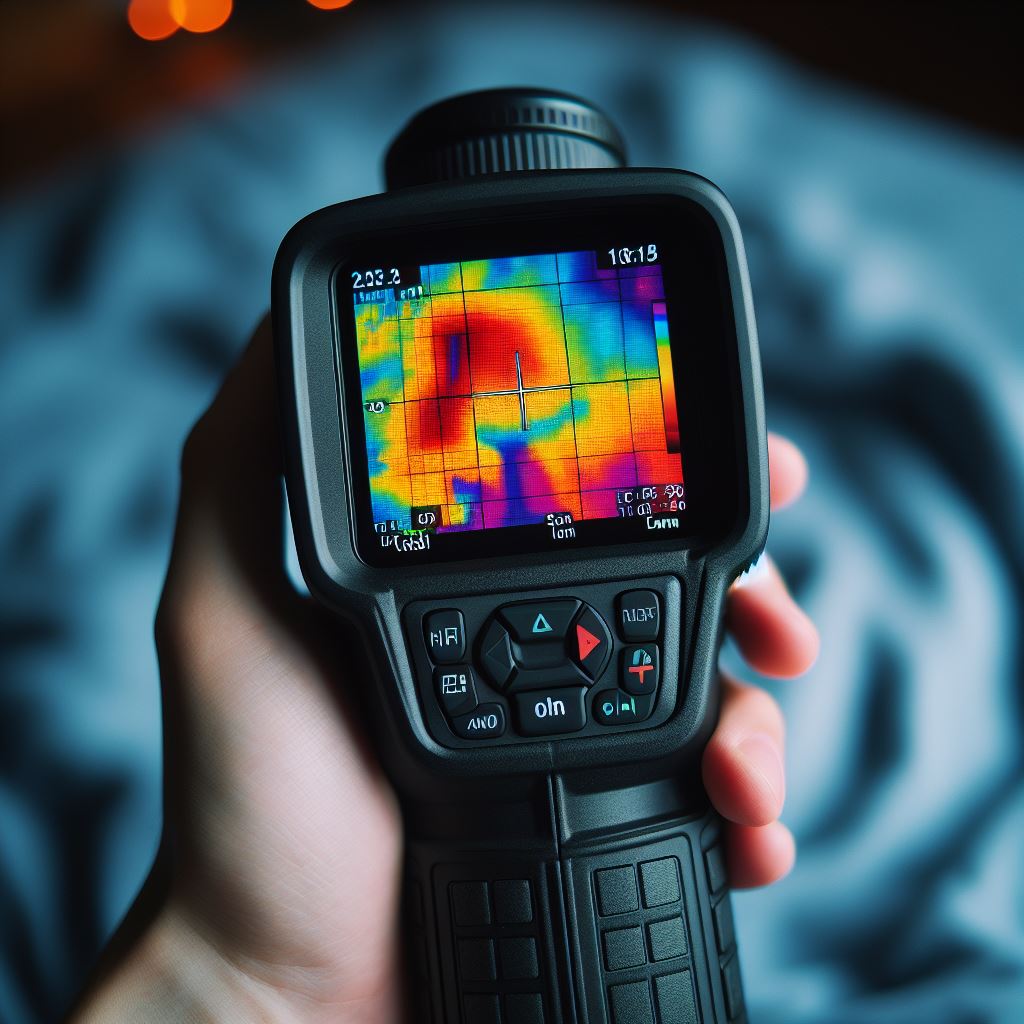
One of the main advantages of thermal imaging cameras is their ability to detect moisture and water damage. Water intrusion can lead to a host of problems, including mold growth, structural damage, and compromised insulation. Traditional inspection methods may not always be able to identify these issues, especially if they are hidden behind walls or under flooring. However, thermal imaging cameras can detect the temperature differences caused by moisture, allowing inspectors to pinpoint the exact location of the problem.
In addition to detecting moisture, thermal imaging cameras can also identify areas of poor insulation. Inadequate insulation can result in energy loss, higher utility bills, and discomfort for homeowners. By using a thermal imaging camera, inspectors can quickly identify areas where heat is escaping or entering the home. This information can then be used to recommend insulation improvements, ultimately leading to increased energy efficiency and cost savings for homeowners.
Furthermore, thermal imaging cameras can help identify electrical issues that may pose a safety hazard. Overloaded circuits, faulty wiring, and electrical hotspots can all be detected using thermal imaging technology. These issues can be particularly dangerous as they can lead to electrical fires. By identifying and addressing these problems early on, thermal imaging cameras can help prevent potential disasters and ensure the safety of homeowners.
Another area where thermal imaging cameras excel is in detecting HVAC system malfunctions. Heating, ventilation, and air conditioning systems are essential for maintaining a comfortable indoor environment. However, these systems can develop issues over time, such as clogged filters, leaks, or faulty components. Traditional inspection methods may not always be able to identify these problems, but thermal imaging cameras can detect temperature variations that indicate HVAC system malfunctions. By identifying these issues, inspectors can recommend necessary repairs or maintenance, ensuring that the HVAC system operates efficiently and effectively.
In conclusion, thermal imaging cameras have revolutionized the field of home inspection. Their ability to detect moisture, identify areas of poor insulation, pinpoint electrical issues, and detect HVAC system malfunctions enhances the accuracy of home inspections. By using thermal imaging cameras, inspectors can provide homeowners with a comprehensive assessment of their property, identifying hidden issues that may not be visible to the naked eye. This technology not only improves the accuracy of inspections but also helps homeowners save money, increase energy efficiency, and ensure the safety of their homes. As thermal imaging cameras continue to advance, they will undoubtedly become an even more essential tool in the field of home inspection.
Common Applications of Thermal Imaging Cameras in Home Inspections
Thermal imaging cameras have become an invaluable tool in the field of home inspections. These cameras use infrared technology to detect and visualize temperature differences in objects and surfaces. By capturing and displaying these temperature variations, thermal imaging cameras can help identify potential issues in a home that may not be visible to the naked eye.
One common application of thermal imaging cameras in home inspections is the detection of insulation deficiencies. Poor insulation can lead to energy loss and increased heating or cooling costs. With a thermal imaging camera, inspectors can easily identify areas where insulation is lacking or damaged. These areas will appear as cold spots on the camera’s display, indicating the need for insulation repairs or upgrades.
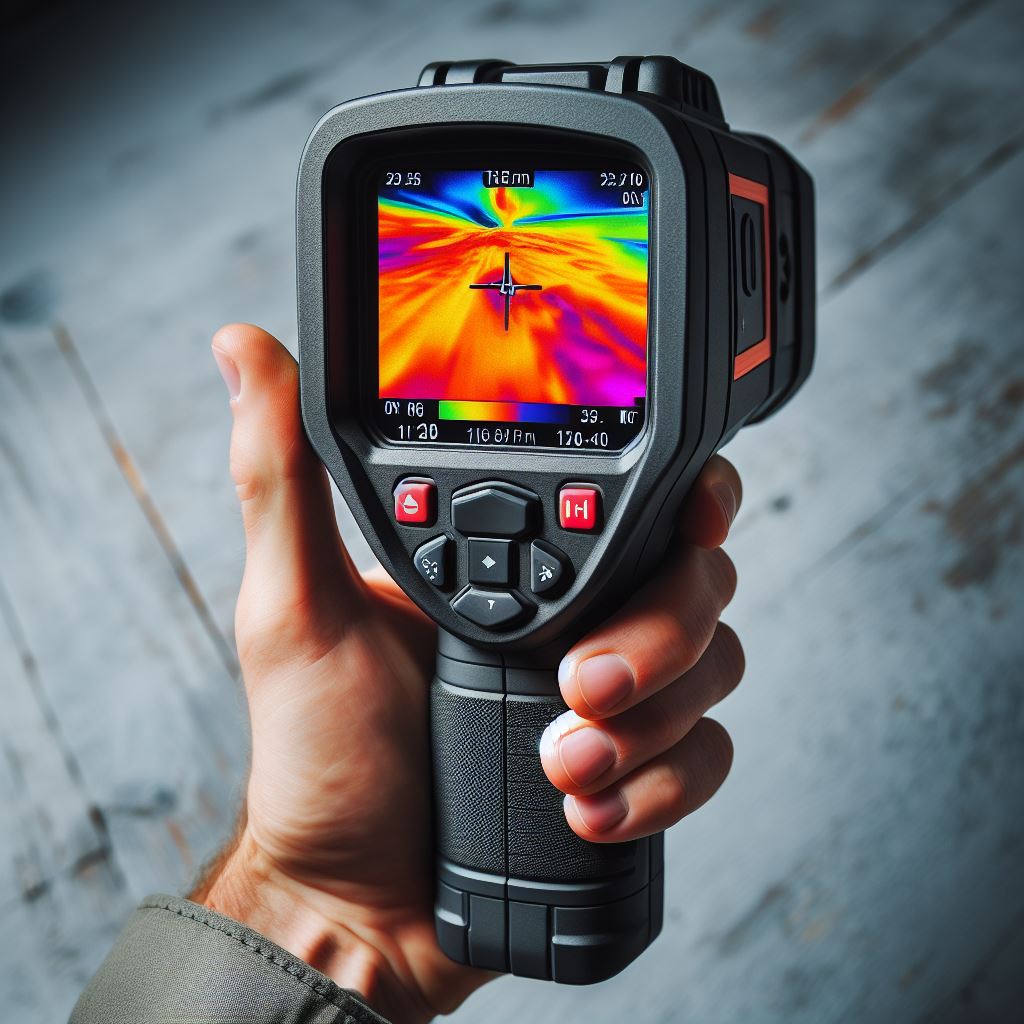
Another important use of thermal imaging cameras in home inspections is the detection of water leaks. Water leaks can cause significant damage to a home, including mold growth and structural issues. Traditional methods of detecting water leaks, such as visual inspection or moisture meters, may not always be effective in identifying hidden leaks. Thermal imaging cameras, on the other hand, can detect temperature differences caused by water leaks, making it easier for inspectors to locate and address these issues.
Electrical problems are another common concern in home inspections, and thermal imaging cameras can be a valuable tool in identifying potential electrical issues. Overloaded circuits, faulty wiring, and loose connections can all lead to electrical fires and other hazards. By using a thermal imaging camera, inspectors can quickly identify areas of excessive heat, indicating potential electrical problems that need to be addressed.
In addition to insulation deficiencies, water leaks, and electrical issues, thermal imaging cameras can also be used to detect pest infestations. Certain pests, such as rodents or termites, can cause significant damage to a home. By using a thermal imaging camera, inspectors can identify areas where pests may be present, as these areas will often show up as warm spots on the camera’s display. This allows homeowners to take appropriate measures to address the infestation before it causes further damage.
Furthermore, thermal imaging cameras can also be used to identify HVAC system problems. Heating, ventilation, and air conditioning systems are essential for maintaining a comfortable and healthy indoor environment. However, these systems can develop issues over time, such as clogged filters or malfunctioning components. By using a thermal imaging camera, inspectors can quickly identify areas of temperature variation, indicating potential problems with the HVAC system that need to be addressed.
In conclusion, thermal imaging cameras have become an indispensable tool in the field of home inspections. Their ability to detect and visualize temperature differences allows inspectors to identify a wide range of issues that may not be visible to the naked eye. From insulation deficiencies to water leaks, electrical problems, pest infestations, and HVAC system issues, thermal imaging cameras provide valuable insights that help homeowners maintain a safe and comfortable living environment. As technology continues to advance, it is likely that thermal imaging cameras will play an even greater role in the field of home inspections, further enhancing the accuracy and efficiency of the inspection process.
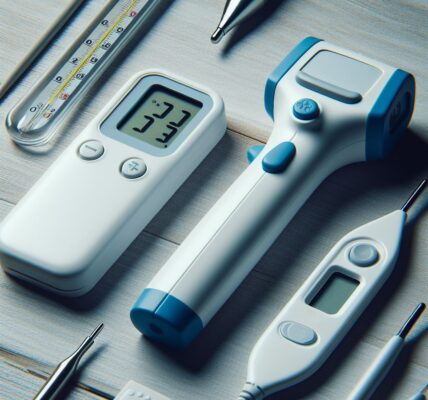
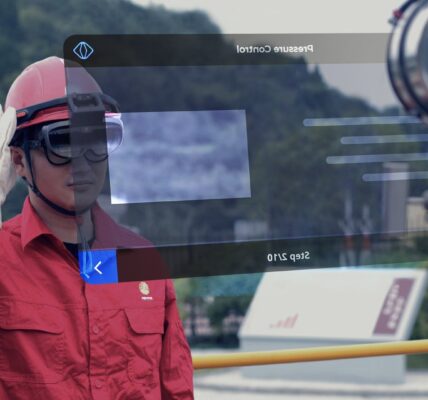
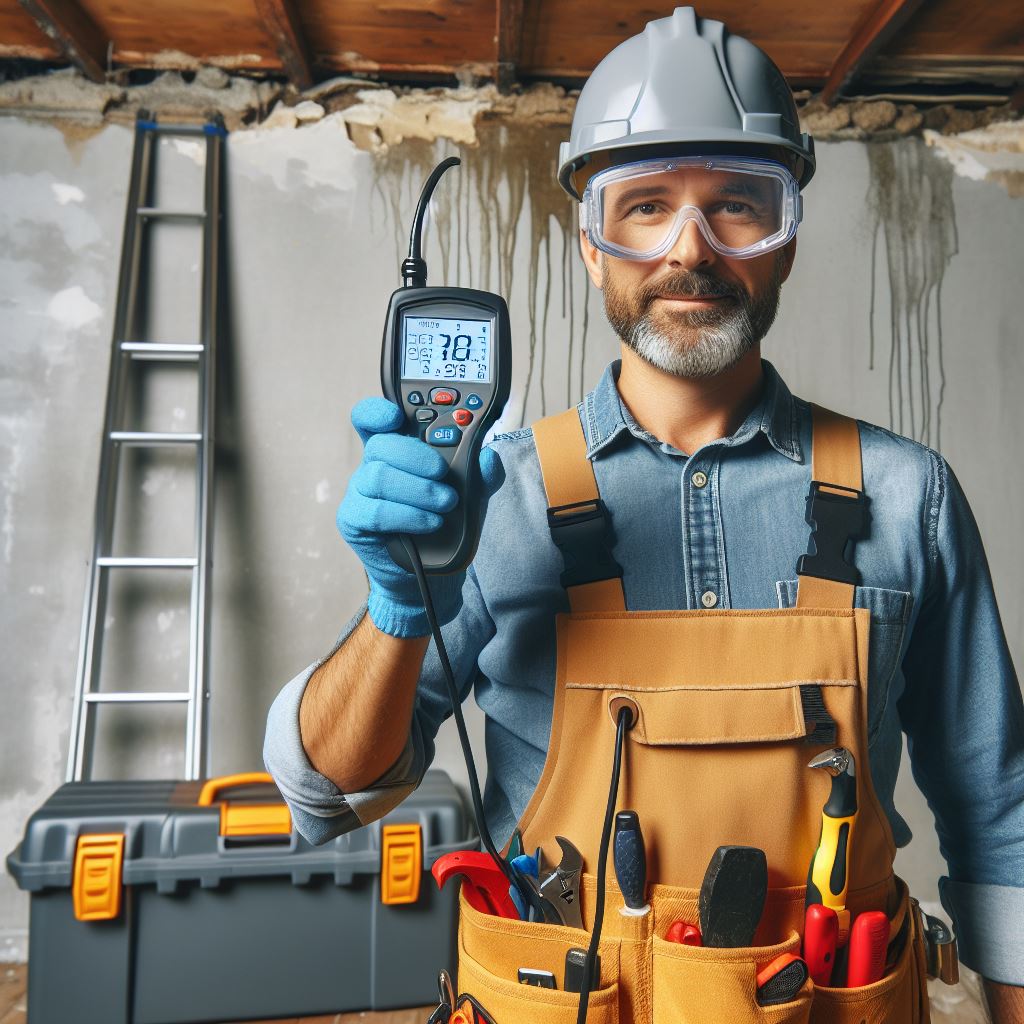
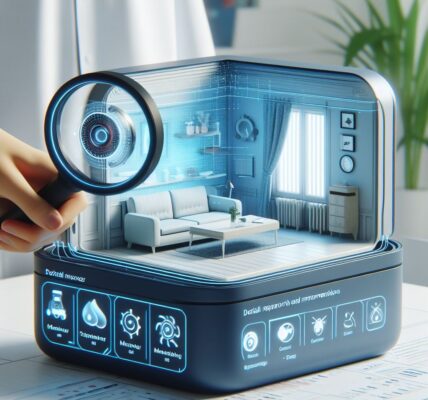
3 COMMENTS